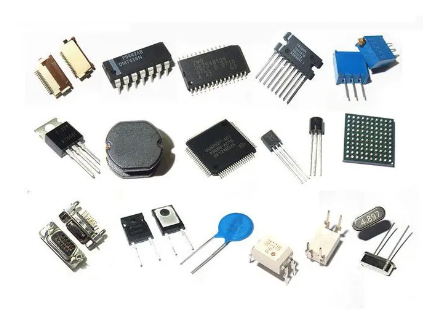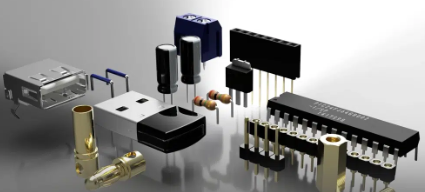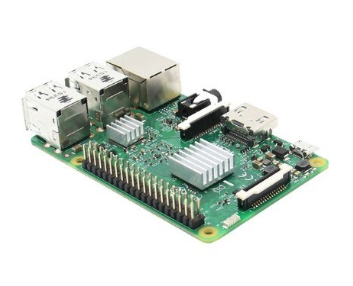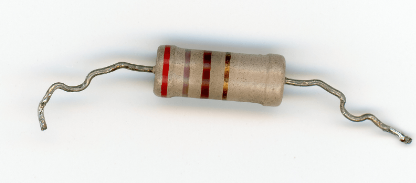Electronic Components Purchasing steps and processes
Electronics is an integral field for the sustenance and development of home appliances and smart devices for consumers. Several small to big electronic parts like transistors, diodes, capacitors, and resistors come together to form a whole new electronic product later.

However, it is important to rely on fresh and durable electronic components, or else the electronics cannot function properly.
Electronic Components Purchasing steps and processes
There are some crucial steps in electronic component development that you need to follow for flawless dependence on industrial-grade parts for your projects.
Requirements Assemblage: The first step, to begin with, is equipping yourself with enough information so that you can proceed with the process further. Confusion and misunderstanding at this first step can complicate the process for you. You even might be unable to develop electronics easily.
Choosing Manufacturers: The next step is to look for a supplier that adheres to your project requirements and honors your principles. Therefore, a good choice of supplier is crucial to make electronic component procurement feasible for you. You will be able to complete your projects on time.
Checking the Price and Quality: After this, you also need to pay attention to the costs and pricing for the electronic component procurement. See if there are any hidden costs or if the shipment comes under your budget. It will make the entire process much easier for you.
Online Platforms for Sourcing: The next step is to check online sourcing platforms too. So that you can have options right there, some platforms are good for sourcing, electronic datasheet sharing, and much more. Choose the right platforms as per your needs.
Checking for Different Solutions or Alternatives: Sometimes life happens, and you cannot find your desired or much-needed electronic part from your hired supplier. Therefore, in this case, it is better to see if you can work out alternatives or not.
Lead times: The final step is to pay attention to lead times and see if you are able to meet the deadlines easily or not. If not, then how can you devise ways to deliver quickly to your clients to maintain long-term collaborations with them.
在线留言询价
- 一周热料
- 紧缺物料秒杀
| 型号 | 品牌 | 询价 |
|---|---|---|
| BD71847AMWV-E2 | ROHM Semiconductor | |
| CDZVT2R20B | ROHM Semiconductor | |
| MC33074DR2G | onsemi | |
| RB751G-40T2R | ROHM Semiconductor | |
| TL431ACLPR | Texas Instruments |
| 型号 | 品牌 | 抢购 |
|---|---|---|
| IPZ40N04S5L4R8ATMA1 | Infineon Technologies | |
| BP3621 | ROHM Semiconductor | |
| BU33JA2MNVX-CTL | ROHM Semiconductor | |
| TPS63050YFFR | Texas Instruments | |
| ESR03EZPJ151 | ROHM Semiconductor | |
| STM32F429IGT6 | STMicroelectronics |
- 周排行榜
- 月排行榜
AMEYA360公众号二维码
识别二维码,即可关注


请输入下方图片中的验证码:


























